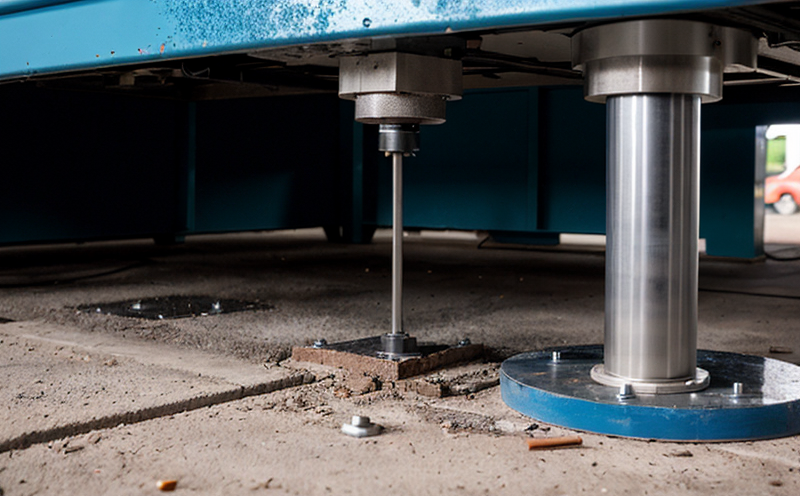ISO 6892 Tensile Testing with Residual Stress Characterization
The ISO 6892 tensile testing standard is a cornerstone in the additive manufacturing and 3D printing sectors, providing robust guidelines for material characterization. This test evaluates how materials behave under tension, which is critical when designing parts that will undergo stress during use.
When performing this test with residual stress characterization, we go beyond simple tensile strength measurement to include a detailed analysis of the residual stresses within the tested specimens. Residual stresses can significantly influence the performance and reliability of 3D-printed components, especially those in high-stress applications like aerospace or automotive parts.
Residual stresses are internal stresses that remain in materials after they have been subjected to external loading and unloading processes such as welding, casting, forging, or additive manufacturing. These stresses can lead to distortion of the component if not properly managed during the design and manufacturing process. Understanding these residual stresses is essential for ensuring part integrity and preventing costly failures.
The ISO 6892 test typically involves subjecting a specimen to tensile loading until it fractures. This allows us to measure its tensile strength, yield strength, elongation at break, and other mechanical properties. However, in this specialized testing, we also employ advanced techniques such as neutron diffraction or X-ray diffraction to characterize the residual stresses within the material.
Specimen preparation is critical for accurate results. Typically, specimens are printed using a specific additive manufacturing process that mimics real-world production conditions. After printing, they undergo heat treatment if necessary and are then polished to ensure smooth surfaces for accurate stress measurement. Once prepared, these specimens undergo tensile testing in our state-of-the-art laboratory.
Our instrumentation includes high-precision machines capable of applying controlled loads and measuring the resulting deformation accurately. The testing environment is meticulously maintained to ensure consistent results across multiple samples and tests. After each test run, we analyze the data collected from both the tensile test and residual stress characterization to provide a comprehensive report.
The ISO 6892 standard ensures that our laboratory adheres to international best practices in material testing. By following this protocol, we can ensure that the results of our tests are reliable and repeatable, providing valuable insights into the mechanical properties and internal stresses within your additive manufacturing parts.
Applied Standards
| Standard | Description |
|---|---|
| ISO 6892-1:2016 | Tensile Testing of Metallic Materials - Part 1: Method of Test at Ambient Temperature. |
| ASTM E8:2022 | Tension Testing of Metallic Materials. |
| EN ISO 6892-1:2017 | Tensile testing of metallic materials - Part 1: Method of test at ambient temperature. |
| IEC 60489 | Methods for tensile testing and determination of tensile properties of electrical resistors (filaments). |
Why Choose This Test
The ISO 6892 tensile test with residual stress characterization is a vital tool for manufacturers in the additive manufacturing and 3D printing sectors. It provides comprehensive insights into both the mechanical performance of your parts and the internal stresses that could affect their long-term reliability.
- Identifies critical points where residual stresses may lead to distortion or failure.
- Ensures compliance with international standards, enhancing product quality and reputation.
- Provides data for continuous improvement in design and manufacturing processes.
- Aids in the identification of optimal heat treatment parameters for minimizing undesirable internal stresses.
- Serves as a critical validation step during R&D to optimize material selection and processing techniques.
This test is particularly beneficial when working with complex geometries or materials that are sensitive to residual stress. By understanding these stresses, you can make informed decisions about your production processes and ensure the longevity of your products.





